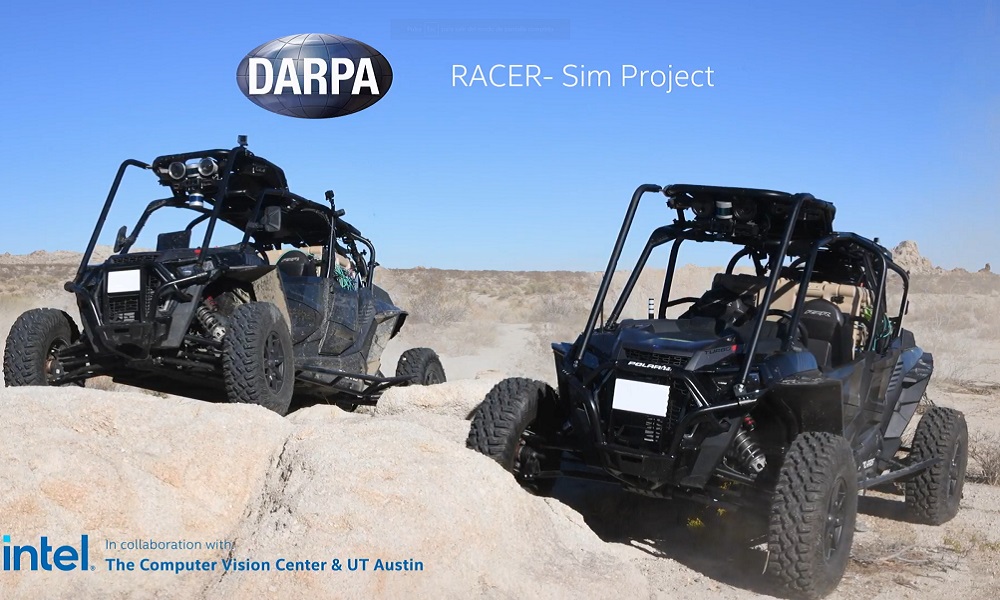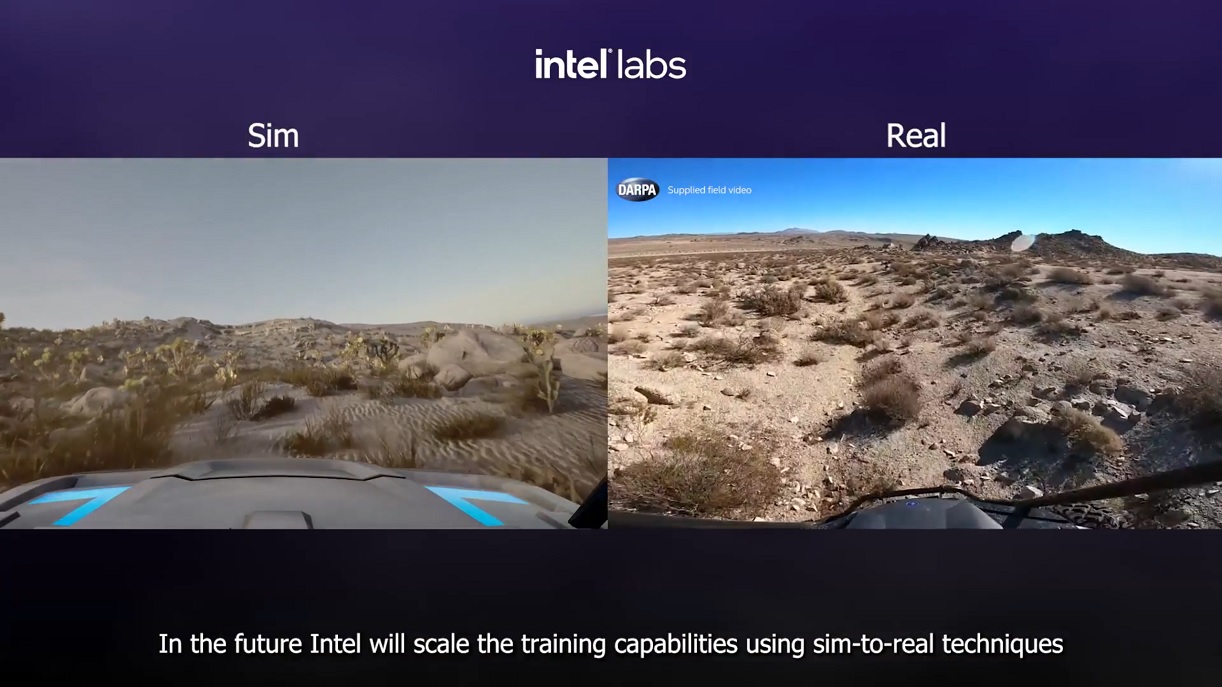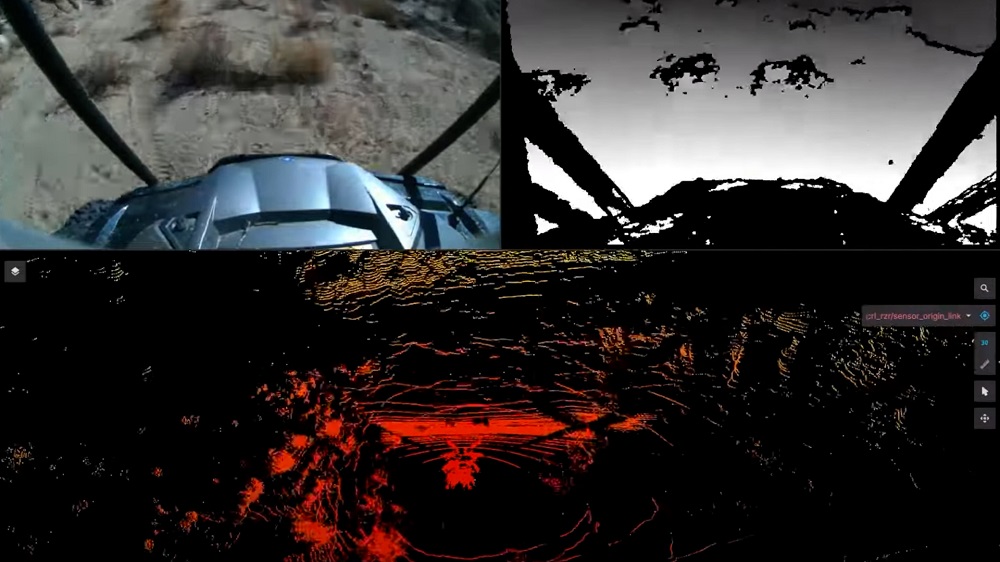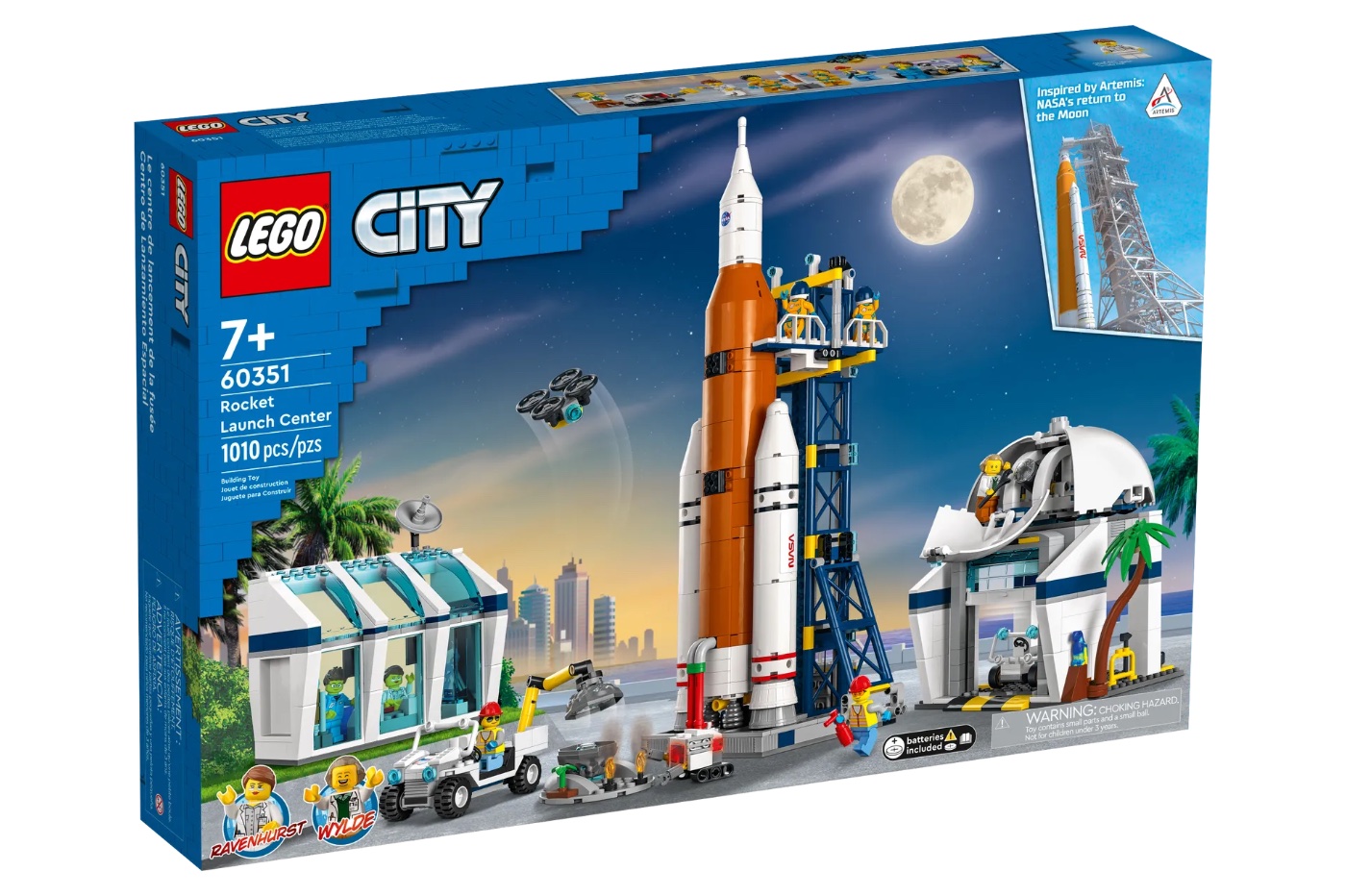
DARPA, an acronym for the “Defense Advanced Research Projects Agency” of the United States, has closed an agreement with Intel Federal LLC (supported by Intel Labs), the Computer Vision Center of Barcelona (Spain) and the University of Texas in Austin focused on development of advanced simulation solutions for “off-road” type autonomous vehicles, that is, those that are designed to circulate off-road.
This agreement is part of the “Robotic Autonomy in Complex Environments with Resiliency – Simulation” program, or RACER-Sim for its acronym in English, and aims to shape the new generation of “off-road” vehicle simulation platforms based on from two big goals: Significantly reduce development cost and bridge the gap between simulation and the real world.
There is no doubt that we are facing an important challenge, but why is it so important? Well, very simple, because in the field of autonomous driving there is still a significant gap between on-road and off-road deployment. Today, there are many simulation environments, but few are optimized for off-road autonomy development in terms of scale and speed.
The real world demos they remain the main method for verifying system performance, and off-road autonomous vehicles must face significant challenges that, as you might have imagined, derive from the very conditions of the extreme terrain through which they circulate. In them it is easy to find rocks and all kinds of vegetation and obstacles that make the development and simulation tests not only very slow, but also very expensive.
That is precisely where the RACER-Sim program comes in, as it aims to solve this problem by providing advanced simulation technologies to develop and test solutions, reducing deployment and validation time of autonomous systems powered by artificial intelligence.
German Ros, Director of the Autonomous Agents Laboratory at Intel Labs, commented:
“Intel Labs has already made progress in advancing autonomous vehicle simulation through several projects, including the CARLA simulator, and we are proud to participate in RACER-Sim to further contribute to push the next frontier of off-road robotics and autonomous vehicles. So we’ve brought together a team of renowned experts from the Computer Vision Center and UT Austin with the goal of creating a versatile and open platform to accelerate the progress of all-terrain robots in all kinds of environments and conditions.”
Intel has confirmed that the RACER-Sim program is divided into two phases distributed throughout the 48 months that the program will last. As we have already said, its objective will be to accelerate the research and development process for the design of autonomous off-road vehicles.
In the first phase, Intel’s goal is create new simulation platforms and map generation tools that mimic complex off-road environments with the utmost precision (eg physics, sensor modeling, terrain complexity, etc.) at scales never seen before.
Building simulation environments at scale is a traditionally resource-intensive process, which is why it represents one of the biggest challenges in simulation workflows. To meet that challenge, the Intel Labs simulation platform will enable customization of future maps, including creating massive new environments covering more than 100,000 square miles with just a few clicks.
In the second phase, Intel Labs will work closely with RACER partners to accelerate the research and development process by implementation of new algorithms without the use of a physical robot. The teams will then validate the robot’s performance in the simulation, which will save significant time and resources.
This second phase will also include the development of new “sim2real” techniques, focused on training the robot in the simulation to acquire skills and then transferring these skills to the corresponding real robotic system, allowing the autonomous off-road vehicle training directly in the simulation.





